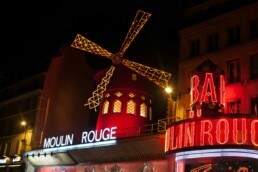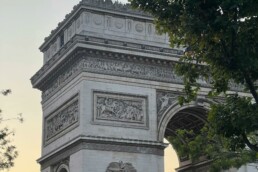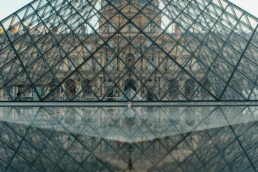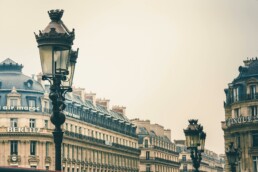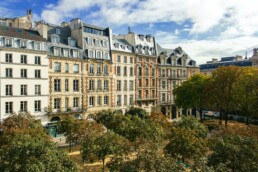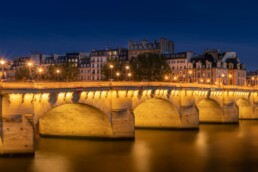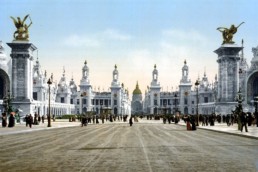In a dawn softened by the first chills of the Parisian autumn, the Arc de Triomphe stood majestically, veiled in mystery by the visionary hands of Christo. Like an apparition from another world, it was now dressed in a shimmering silver cloak, glittering under the capricious rays of the sun, as if some ancient muse had decided to play one last trick on the citizens of Paris.
The passersby, those eternal wanderers of the city, stopped, bewildered, before this architectural metamorphosis. An old lady, walking slowly with her cane, exclaimed aloud: “Ah, it’s like a memory of silk, wrapped in a cocoon of childhood dreams!” This timeless reaction echoed those fleeting moments crystallized in memory, much like this ephemeral work of art.
Among the murmurs of the crowd, a young artist sat down, brush in hand, trying to capture the essence of this transformation. He recalled a story told by an old friend: once, during the project’s preparation, Christo had spent sleepless nights measuring, calculating, and readjusting every fold of the fabric. One anecdote had it that, on a particularly stormy night, a gust of wind had carried an immense sheet of fabric into the Parisian sky, only to be found stuck in a tree, like a gigantic butterfly refusing to leave the city.
The entire city seemed to participate in this singular spectacle, as if the artist had pulled the invisible strings of buried memories and emotions. Every detail was an invitation to daydream, a subtle nod to that involuntary memory that fascinated so much.
The Arc de Triomphe, thus adorned, was more than just a wrapped monument. It became the stage for silent poetry, contemplation, a tribute to the fleeting beauty that every Parisian carried within them. And in this gentle stillness, Paris, always in love with the arts, stretched languorously, as if to thank the universe for offering such a moment of grace.
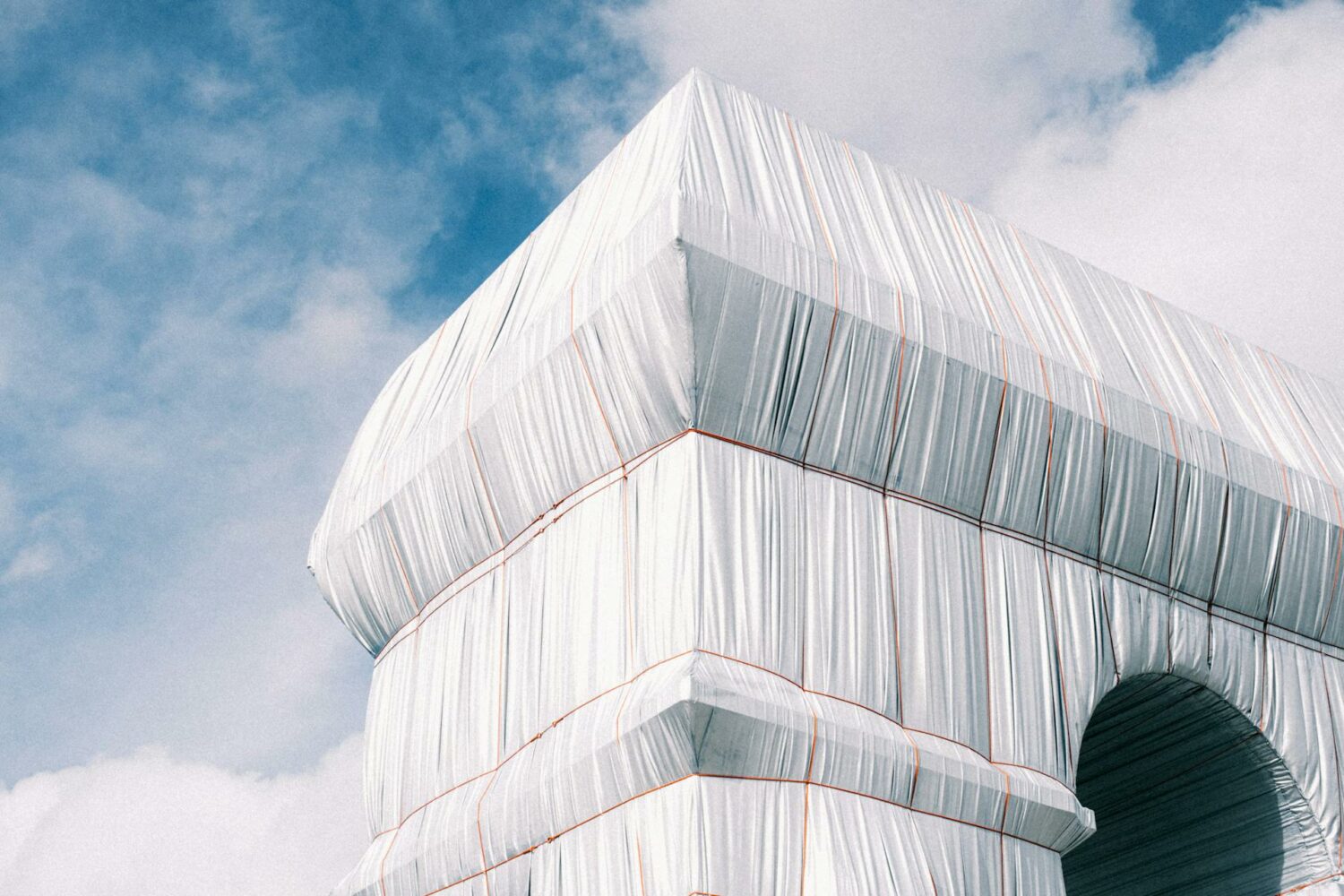
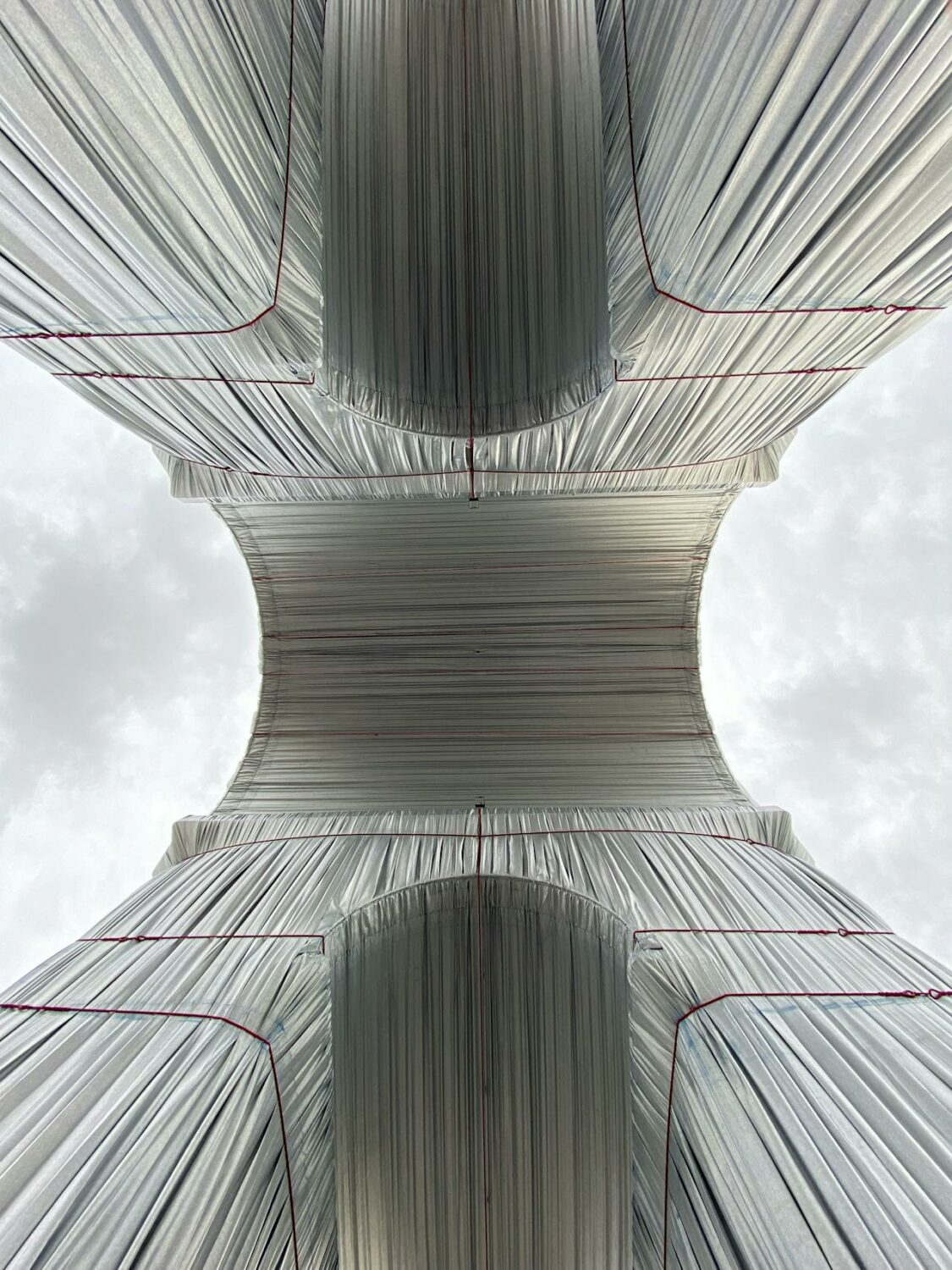
Lire également :
7 November 2024
The Moulin Rouge: A Parisian Nocturnal Epic
5 November 2024
The Napoleonic Legacy: The History of the Arc de Triomphe
5 November 2024
The Louvre Pyramid: Symbol of Architectural Boldness
5 November 2024
Baron Haussmann: Architect of Parisian Metamorphosis
5 November 2024
The History of Place Dauphine: A Parisian Evocation
5 November 2024
The History of the Pont Neuf: A Parisian Reminiscence
25 May 2019
L’exposition universelle de 1900
17 July 2017




